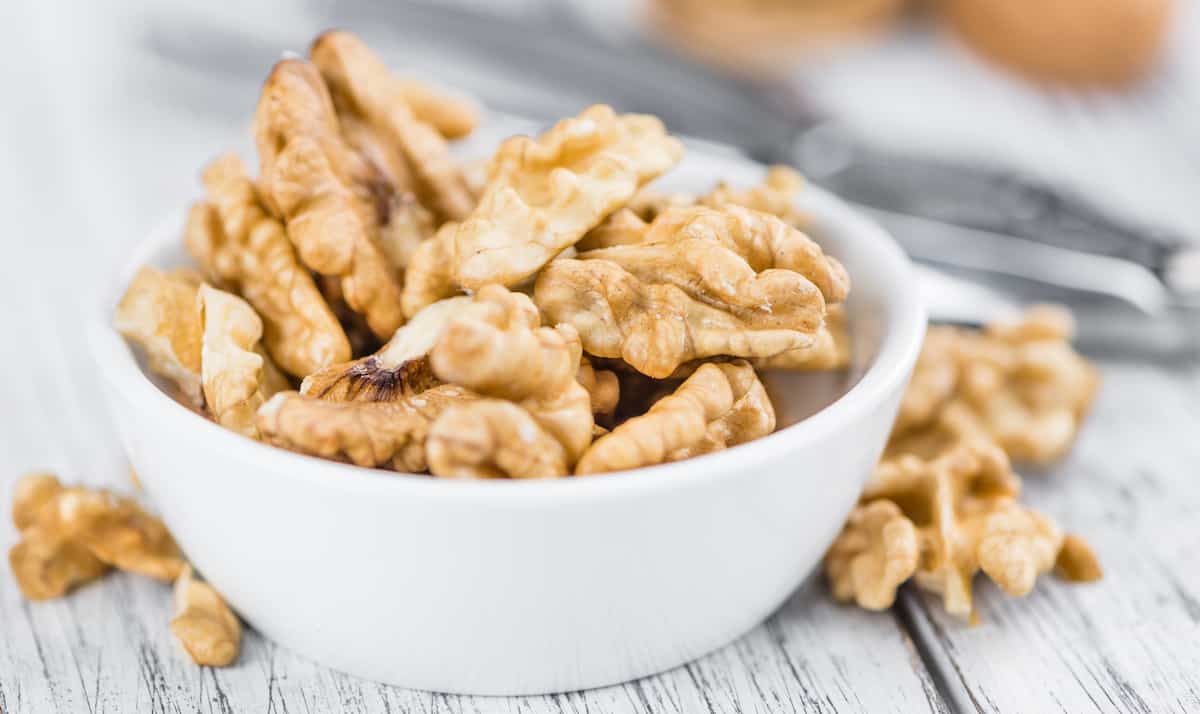

Articles
How Long Can You Keep Walnuts In The Freezer
Modified: August 27, 2024
Discover how long you can safely store walnuts in the freezer and keep them fresh. Read our informative articles now!
(Many of the links in this article redirect to a specific reviewed product. Your purchase of these products through affiliate links helps to generate commission for Storables.com, at no extra cost. Learn more)
Introduction
Walnuts are delicious and nutritious nuts that are packed with antioxidants, omega-3 fatty acids, and various essential vitamins and minerals. Whether you have an abundance of walnuts from your harvest or you simply want to take advantage of a good sale, freezing walnuts is a great way to extend their shelf life and ensure that you always have a stash of fresh nuts on hand.
In this article, we will explore the benefits of freezing walnuts, the proper storage containers for freezing them, and provide a step-by-step guide on how to freeze walnuts. We will also discuss how long you can keep walnuts in the freezer, the signs of spoiled walnuts, safety tips for freezing and thawing walnuts, and offer some suggestions for using frozen walnuts.
So, if you’re wondering how to properly freeze and store walnuts, and how long they can stay fresh in the freezer, keep reading!
Key Takeaways:
- Extend the shelf life of walnuts by freezing them for up to one year, preserving their nutritional value, and enjoying cost-saving benefits while maintaining convenience and accessibility for culinary use.
- Ensure the safety and quality of frozen walnuts by following proper storage, labeling, and thawing techniques, and explore various creative ways to incorporate them into recipes for added flavor and nutrition.
Benefits of Freezing Walnuts
Freezing walnuts offers a plethora of benefits, making it a convenient and practical method for preserving these delicious nuts. Here are some of the key benefits:
- Extended Shelf Life: By freezing walnuts, you can significantly extend their shelf life. Unlike storing walnuts at room temperature, which may lead to spoilage within a few weeks, freezing can keep them fresh for up to a year.
- Preservation of Nutritional Value: Freezing walnuts helps to preserve their nutritional value. Nuts are known for their high content of healthy fats, vitamins, and minerals. Freezing slows down the oxidation process, ensuring that the essential nutrients in walnuts are retained.
- Convenience and Accessibility: Having a stash of frozen walnuts in your freezer means you always have readily available ingredients for your favorite recipes. You can take out the desired amount of frozen walnuts whenever you need them, without worrying about spoilage.
- Cost-Saving: Buying walnuts in bulk when they are in season or on sale and freezing them can be a cost-effective way to enjoy this nutritious nut throughout the year. You can take advantage of lower prices and avoid paying a premium for pre-packaged walnuts.
- Versatility in Culinary Applications: Frozen walnuts can be used in a wide variety of culinary applications, such as baking, cooking, or as toppings for salads, yogurt, or oatmeal. They can add a delightful crunch and nutty flavor to your dishes.
Overall, freezing walnuts not only helps to increase their shelf life but also preserves their nutritional value, provides convenience and accessibility, saves money, and offers versatility in culinary applications. Now that we’ve covered the benefits, let’s move on to the next section and learn about the proper storage containers for freezing walnuts.
Proper Storage Containers for Freezing Walnuts
When it comes to freezing walnuts, using the right storage containers is key to maintaining their quality and preventing freezer burn. Here are some options for proper storage containers:
- Freezer Bags: One of the most common and convenient options for freezing walnuts is using freezer bags. Look for high-quality freezer bags that are thick and durable to prevent air and moisture from seeping in. Make sure to squeeze out any excess air before sealing the bag tightly.
- Airtight Containers: Airtight containers, such as plastic or glass containers with airtight lids, are another excellent choice for freezing walnuts. These containers provide a good seal and protect the walnuts from external odors and moisture. Choose containers that are appropriate for freezer use and have a capacity suitable for your needs.
- Vacuum Sealed Bags: Vacuum-sealed bags are an ideal option if you want to maximize the shelf life of the walnuts and prevent freezer burn. These bags remove the air before sealing, creating a tight seal that helps preserve the walnuts’ flavor and texture. Using a vacuum sealer can be a worthwhile investment if you frequently freeze walnuts or other foods.
- Freezer-safe Mason Jars: Mason jars can be used for freezing walnuts, especially if you want to freeze them in smaller portions. Opt for wide-mouth jars to make it easier to remove the walnuts when needed. Leave enough headspace in the jar to accommodate any expansion that occurs during freezing.
- Aluminum Foil: If you prefer a more economical option, you can wrap the walnuts tightly with aluminum foil. Ensure the foil is securely wrapped to prevent air exposure and freezer burn. Label the foil with the freezing date for easy reference.
Regardless of the container you choose, it is important to label it with the date of freezing to keep track of the walnuts’ freshness. Properly labeling the containers will also help you rotate your stock and use the oldest walnuts first.
Now that we know the proper storage containers for freezing walnuts, let’s move on to the next section and learn how to freeze walnuts step by step.
Step-by-Step Guide to Freezing Walnuts
Freezing walnuts is a straightforward process that requires minimal effort. Follow these simple steps to freeze walnuts effectively:
- Shell the Walnuts: Start by removing the nutmeat from the shells. Crack the shells using a nutcracker or a small hammer, being careful not to damage the nutmeat inside.
- Remove the Bitter Skin: After shelling, the walnuts may have a thin, bitter skin called the pellicle. You can choose to remove this skin by blanching the walnuts in boiling water for a few minutes or rubbing them with a clean kitchen towel. This step is optional, but it can improve the flavor of the walnuts.
- Dry the Walnuts: Thoroughly dry the walnuts to remove any excess moisture. Place them on a paper towel or a clean kitchen towel and pat them dry. You can also allow them to air dry for some time to ensure they are completely moisture-free.
- Package the Walnuts: Transfer the dried walnuts into your chosen storage container. Whether you opt for freezer bags, airtight containers, vacuum-sealed bags, mason jars, or aluminum foil, make sure they are clean, dry, and suitable for freezer use.
- Seal and Label: Seal the storage containers tightly, making sure to remove any excess air. Label each container with the freezing date to keep track of their freshness.
- Place in the Freezer: Finally, place the sealed containers of walnuts in the freezer. Try to arrange them in a single layer to allow for more even freezing. If you’re using freezer bags, you can lay them flat to save space.
That’s it! Your walnuts are now ready to be frozen and stored in the freezer. Remember to keep the walnuts in a frozen state at all times to maintain their quality. Now, let’s find out how long you can keep walnuts in the freezer.
How Long Can You Keep Walnuts in the Freezer?
When properly stored, walnuts can last for a long time in the freezer. The freezing temperature helps to preserve their freshness, texture, and flavor. Here are some guidelines for how long you can keep walnuts in the freezer:
- Shelled Walnuts: Shelled walnuts can typically be kept in the freezer for up to one year. This applies to both commercially purchased walnuts and home-grown walnuts that have been properly prepared and stored.
- Unshelled Walnuts: Unshelled walnuts, when stored properly in airtight containers or freezer bags, can last even longer in the freezer. They can maintain their quality for up to two years. It’s important to note that unshelled walnuts may require longer thawing time when you decide to use them.
These timeframes are general guidelines for maintaining the best quality of walnuts. Over time, walnuts may start to lose some flavor and texture, so it’s always a good idea to use the oldest walnuts first and rotate your stock.
It’s important to remember that the quality of the walnuts can be affected by various factors such as the initial quality of the nuts, the storage containers used, and how well they were protected from air and moisture. So, it’s advisable to use your judgment and assess the appearance and aroma of the walnuts before using them, especially if they have been stored for an extended period.
Now that you know how long walnuts can last in the freezer, let’s move on to the next section and learn about the signs of spoiled walnuts.
Read more: How Long Can You Keep Alcohol In The Freezer
Signs of Spoiled Walnuts
While freezing walnuts can help preserve their freshness, it’s still important to be aware of the signs of spoiled walnuts. Here are some indicators that your walnuts may have gone bad:
- Moldy Appearance: One of the most obvious signs of spoiled walnuts is the presence of mold. If you notice any fuzzy, green, gray, or black patches on the nuts, it’s a clear indication that they have spoiled. Ingesting moldy walnuts can be harmful to your health, so it’s best to discard them.
- Off or Rancid Odor: Walnuts that have gone bad may emit an unpleasant or rancid odor. If the nuts smell sour, musty, or have an off-putting aroma, it’s a sign that they have deteriorated and should not be consumed.
- Discolored Appearance: Look out for any significant discoloration in the walnuts. If they appear excessively dark, discolored, or have developed a splotchy or uneven coloration, it’s an indication that their quality has been compromised.
- Unpleasant Taste: Spoiled walnuts may have a bitter or rancid taste. If you bite into a walnut and it tastes off or has a strange aftertaste, it’s best to spit it out and discard the rest of the batch.
- Slimy or Soft Texture: Walnuts should have a firm and crunchy texture. If the nuts feel slimy, soft, or have a mushy consistency, this is a clear indication that they have spoiled and should not be consumed.
It’s important to note that consuming spoiled walnuts may lead to foodborne illnesses. Therefore, if you encounter any of these signs of spoilage, it’s best to err on the side of caution and discard the walnuts to avoid any potential health risks.
Now that you’re aware of the signs of spoiled walnuts, let’s move on to the next section where we’ll provide safety tips for freezing and thawing walnuts.
Store walnuts in an airtight container or freezer bag to prevent freezer burn. They can last up to 1 year in the freezer.
Safety Tips for Freezing and Thawing Walnuts
Freezing and thawing walnuts properly is crucial to maintain their quality and ensure food safety. Follow these safety tips to ensure that your walnuts stay fresh and safe to consume:
Freezing Tips:
- Use Fresh and High-Quality Walnuts: Start with fresh, high-quality walnuts for freezing. Check for any signs of spoilage or damage before freezing. Good-quality walnuts will yield better results.
- Clean and Dry the Walnuts: Before freezing, make sure the walnuts are clean and dry. Remove any debris or foreign particles. Dampness can lead to freezer burn or promote the growth of bacteria, so ensure the nuts are completely dry.
- Properly Package and Seal: Use the appropriate storage containers, such as freezer bags or airtight containers, to prevent air and moisture from entering. Ensure that the containers are tightly sealed to maintain the quality of the walnuts.
- Label and Date: Always label the storage containers with the freezing date. This will help you keep track of the storage time and use the oldest walnuts first.
- Store at Proper Temperature: Set your freezer temperature to 0°F (-18°C) or lower. Ensure the walnuts are stored in the coldest part of the freezer to maintain their quality and prevent any temperature fluctuations.
Thawing Tips:
- Thaw in the Refrigerator: The safest way to thaw frozen walnuts is by transferring them from the freezer to the refrigerator. Allow them to thaw slowly overnight or for a few hours until completely thawed. This gradual thawing process helps maintain the texture and flavor of the walnuts.
- Avoid Room Temperature Thawing: Avoid thawing walnuts at room temperature, as it can lead to bacterial growth and spoilage. Thawing at room temperature can also cause the walnuts to become mushy and lose their texture.
- Use Thawed Walnuts Promptly: Once thawed, it’s best to use the walnuts promptly. Avoid refreezing thawed walnuts, as this can affect their taste, texture, and overall quality.
By following these safety tips, you can ensure that your frozen walnuts remain safe to consume and maintain their quality throughout the freezing and thawing process.
Now that you’re equipped with safety tips for freezing and thawing walnuts, let’s move on to some useful tips for using frozen walnuts.
Read more: How Long Can You Keep Salmon In The Freezer
Tips for Using Frozen Walnuts
Frozen walnuts can be a convenient ingredient to have on hand for various recipes and snacks. Here are some tips for using frozen walnuts:
- Thawing Portion-wise: If you only need a small amount of walnuts for a specific recipe, there’s no need to thaw the entire batch. Take out the desired amount of frozen walnuts and thaw them in the refrigerator, using a sealed container or bag to prevent them from absorbing any odors.
- Toasting Frozen Walnuts: To enhance the flavor and texture of frozen walnuts, you can toast them. Spread the thawed walnuts on a baking sheet and toast in the oven at 350°F (175°C) for about 8-10 minutes, or until they become fragrant and lightly golden. Toasted walnuts can add extra crunchiness to salads, baked goods, and savory dishes.
- Baking with Frozen Walnuts: Frozen walnuts can be used directly in baked goods such as cookies, muffins, and bread. Simply thaw them in the refrigerator or at room temperature before incorporating them into your recipe.
- Additions to Smoothies and Oatmeal: Thawed frozen walnuts can be a nutritious addition to smoothies and oatmeal. Simply chop or blend them before adding to your favorite smoothie or oatmeal bowl for added taste, texture, and a boost of omega-3 fatty acids.
- Create Nut Butter: Frozen walnuts can be used to make homemade walnut butter. Thaw the walnuts and blend them in a food processor until smooth and creamy. You can add a touch of sweetener, such as honey or maple syrup, along with a pinch of salt for extra flavor.
- Snack Time: Enjoy frozen walnuts as a healthy and satisfying snack. Keep a small portion of thawed walnuts handy for snacking on the go or as part of a trail mix with dried fruits and other nuts. Remember to store any unused portion back in the freezer to maintain freshness.
These tips will help you make the most of your frozen walnuts and incorporate them into your favorite recipes with ease. Experiment with different methods and recipes to discover new and delicious ways to enjoy the versatile and nutritious walnuts.
Now that we have covered tips for using frozen walnuts, it’s time to bring this article to a close.
Conclusion
Freezing walnuts is an excellent way to extend their shelf life and ensure that you always have a supply of fresh and nutritious nuts at your fingertips. By following the proper storage techniques and using the right containers, you can maintain the quality and flavor of walnuts for an extended period.
We discussed the benefits of freezing walnuts, such as the extended shelf life, preservation of nutritional value, convenience, cost-saving, and versatility in culinary applications. Freezing walnuts allows you to enjoy them throughout the year without worrying about spoilage or compromising their nutritional benefits.
We also explored the importance of using proper storage containers, including options like freezer bags, airtight containers, vacuum-sealed bags, mason jars, or aluminum foil. These containers help prevent air and moisture from damaging the walnuts and contribute to their long-term preservation.
Furthermore, we provided a step-by-step guide on how to freeze walnuts, including shelling, removing the bitter skin, drying, packaging, sealing, and labeling. Following these steps ensures that your walnuts are properly prepared for freezing and maintains their quality and freshness in the freezer.
We discussed how long walnuts can last in the freezer, with shelled walnuts having a shelf life of up to one year, and unshelled walnuts lasting up to two years when stored correctly. We also covered the signs of spoiled walnuts and provided safety tips for freezing and thawing walnuts to prevent any potential health risks.
Lastly, we shared some tips for using frozen walnuts, such as portion-wise thawing, toasting, baking, adding to smoothies and oatmeal, creating walnut butter, and enjoying them as a snack. These tips help you make the most of your frozen walnuts and incorporate them into various recipes and snacks.
So, go ahead and stock up on walnuts, freeze them using the proper techniques, and enjoy their delicious flavor and nutritional benefits all year round. With the information and tips provided in this article, you can confidently freeze, store, and use walnuts to elevate your culinary creations.
Now, it’s time to unleash your creativity in the kitchen and make the most of the versatility and goodness of frozen walnuts!
Excited about keeping walnuts fresh by freezing? Up your game with savvy insights on the best containers and methods for preserving various foods. Whether you're prepping meals ahead or saving bulk buys, understanding optimal food storage will make life easier and more efficient. Don't miss our detailed guide on the latest and greatest options tailored for all your kitchen needs.
Frequently Asked Questions about How Long Can You Keep Walnuts In The Freezer
Was this page helpful?
At Storables.com, we guarantee accurate and reliable information. Our content, validated by Expert Board Contributors, is crafted following stringent Editorial Policies. We're committed to providing you with well-researched, expert-backed insights for all your informational needs.
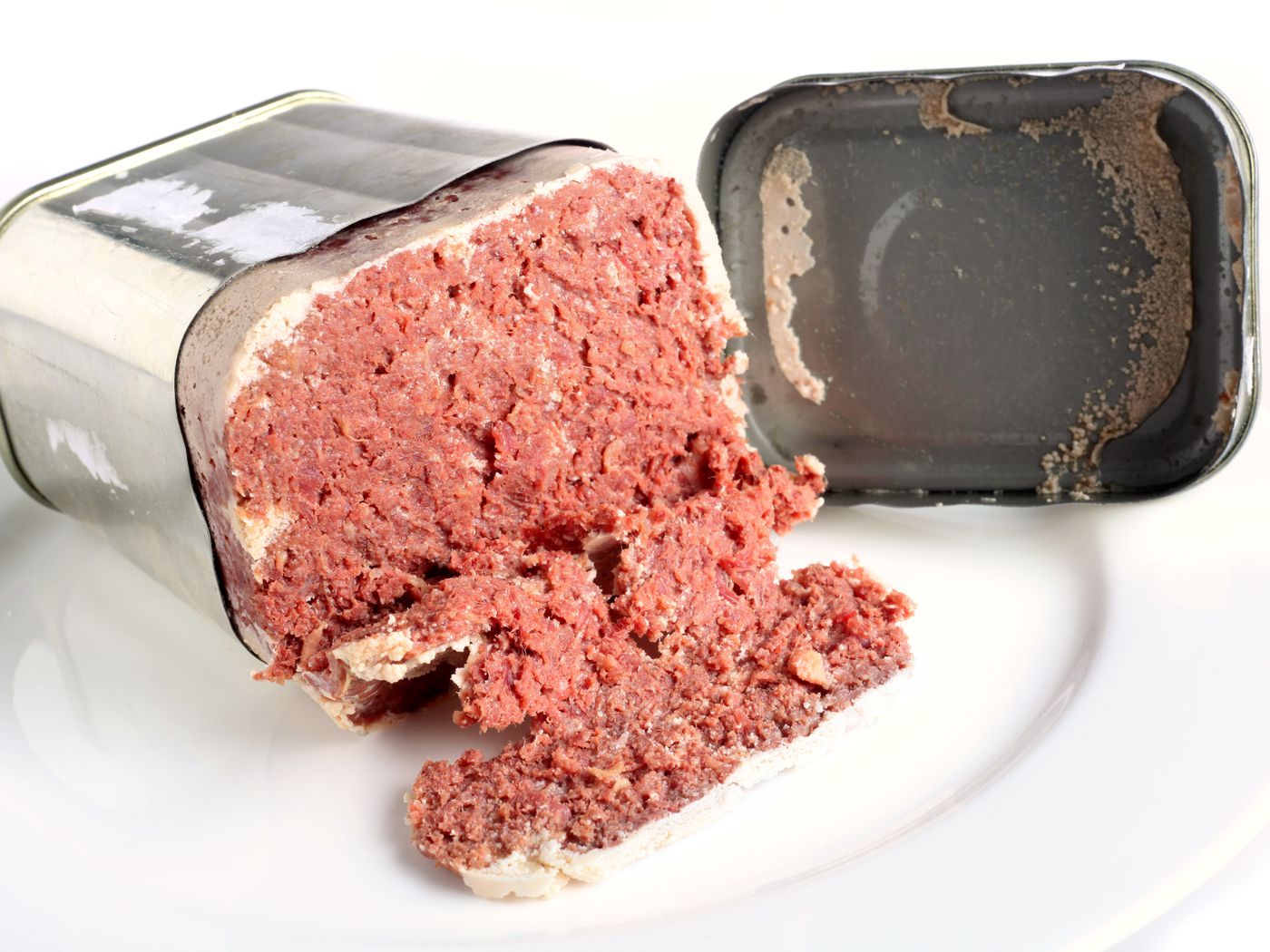

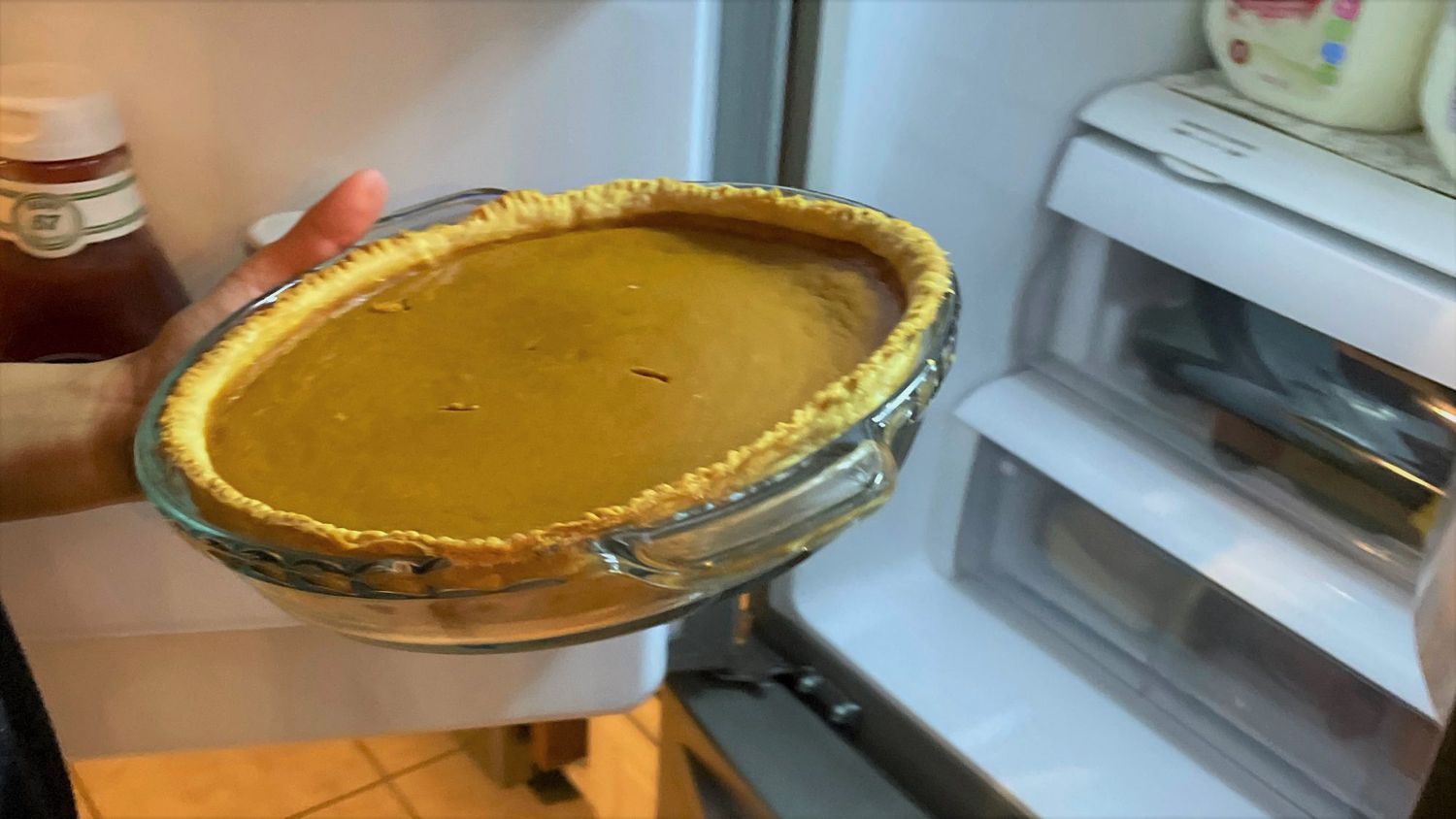
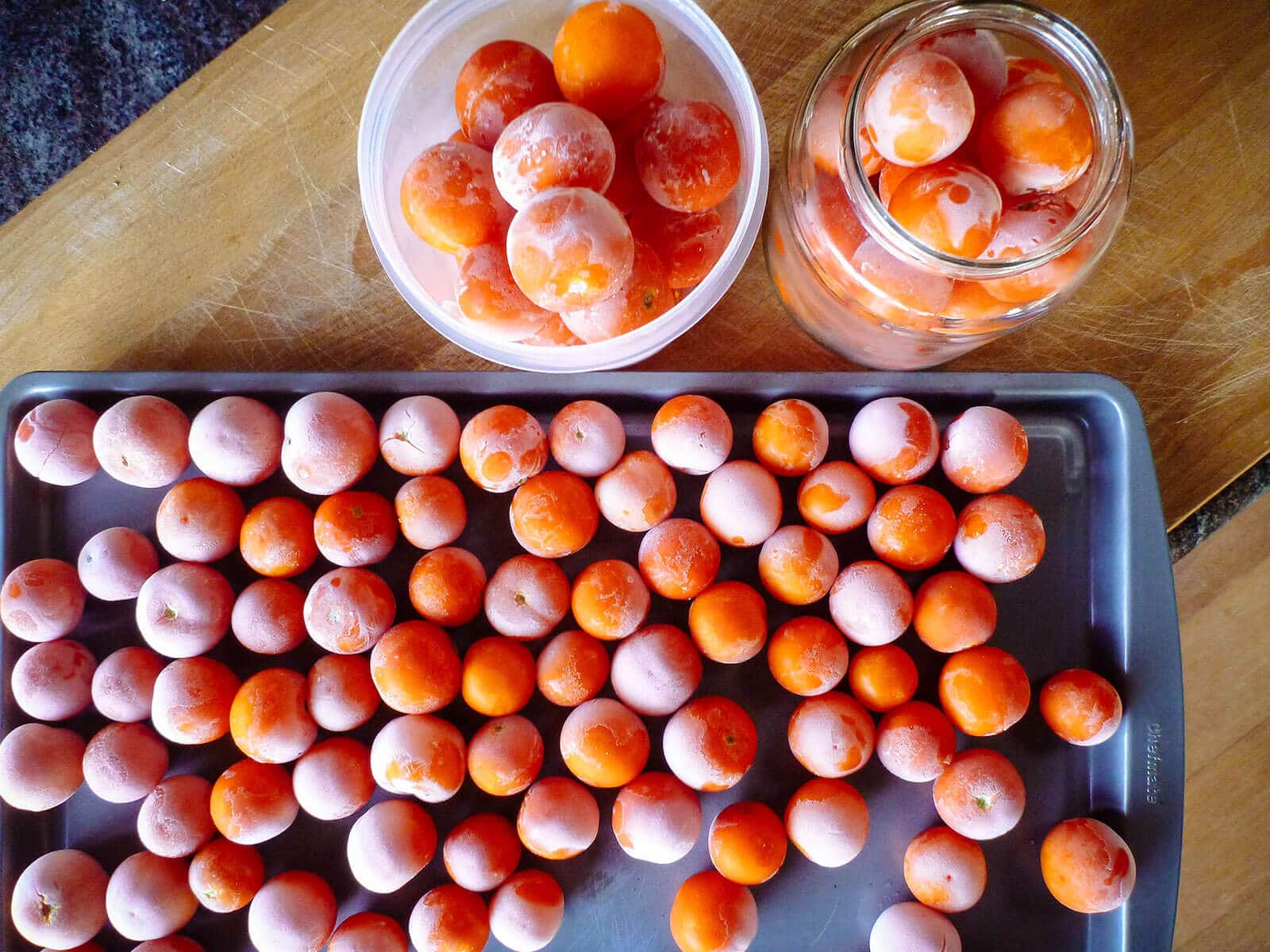
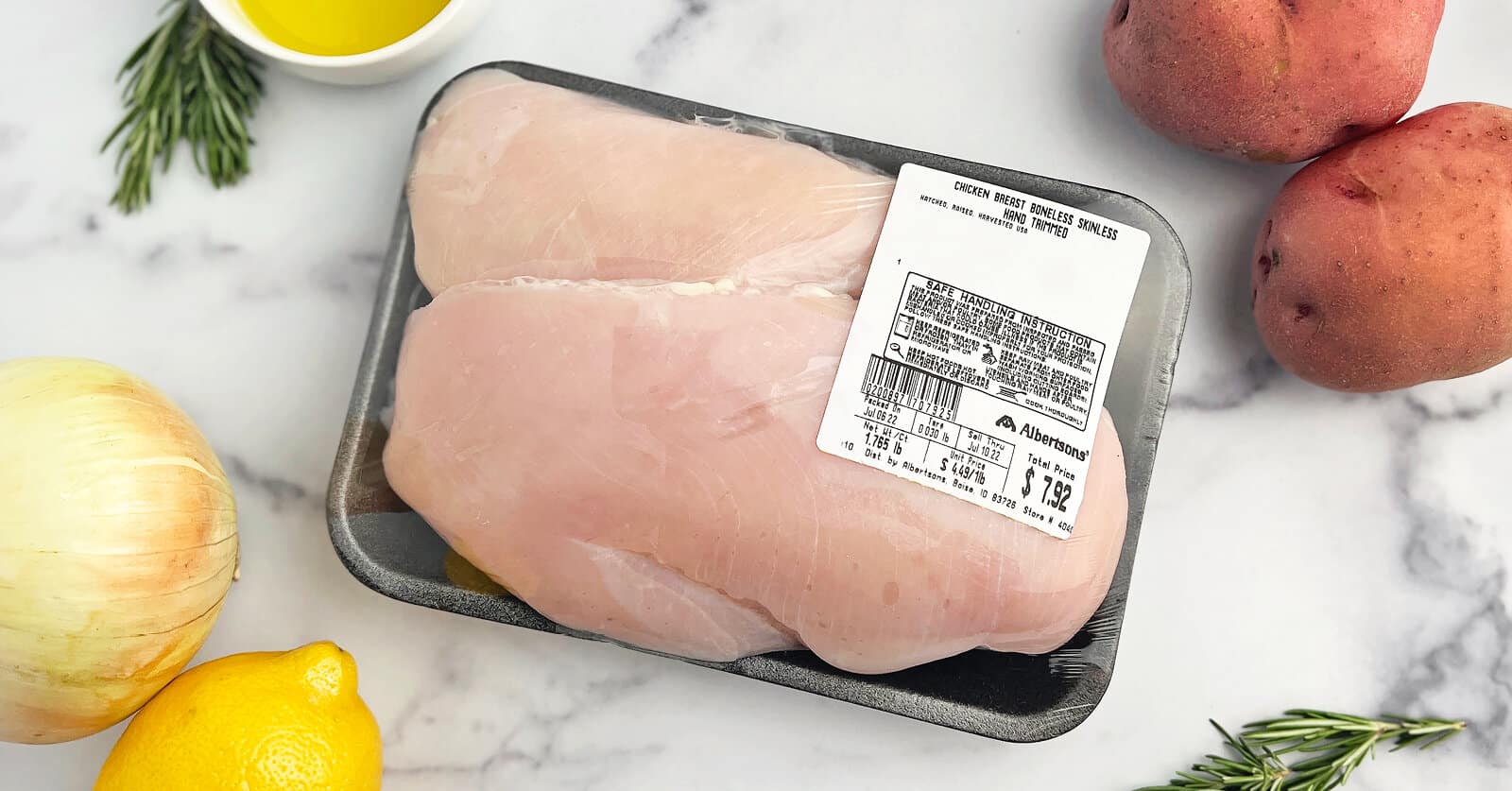
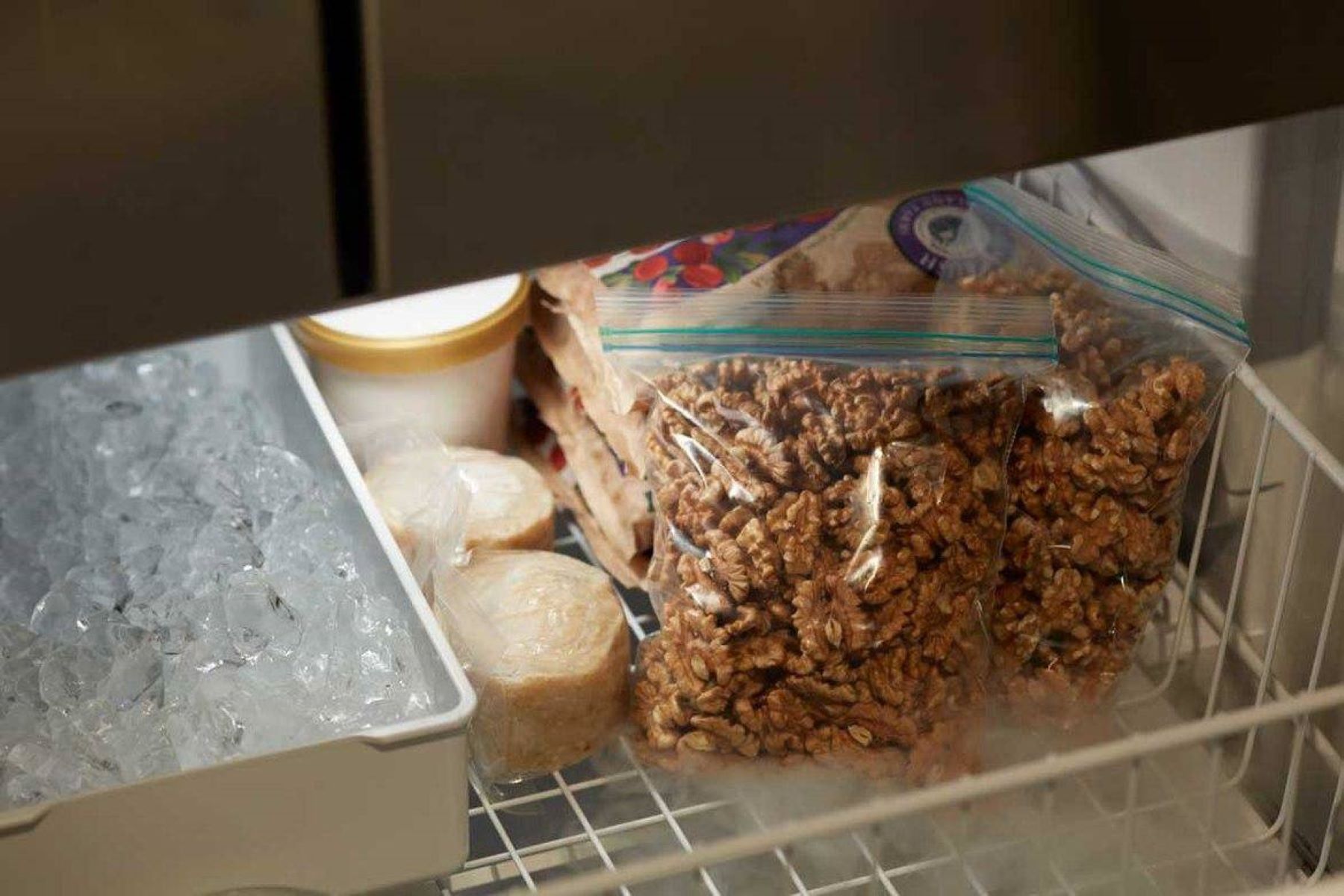
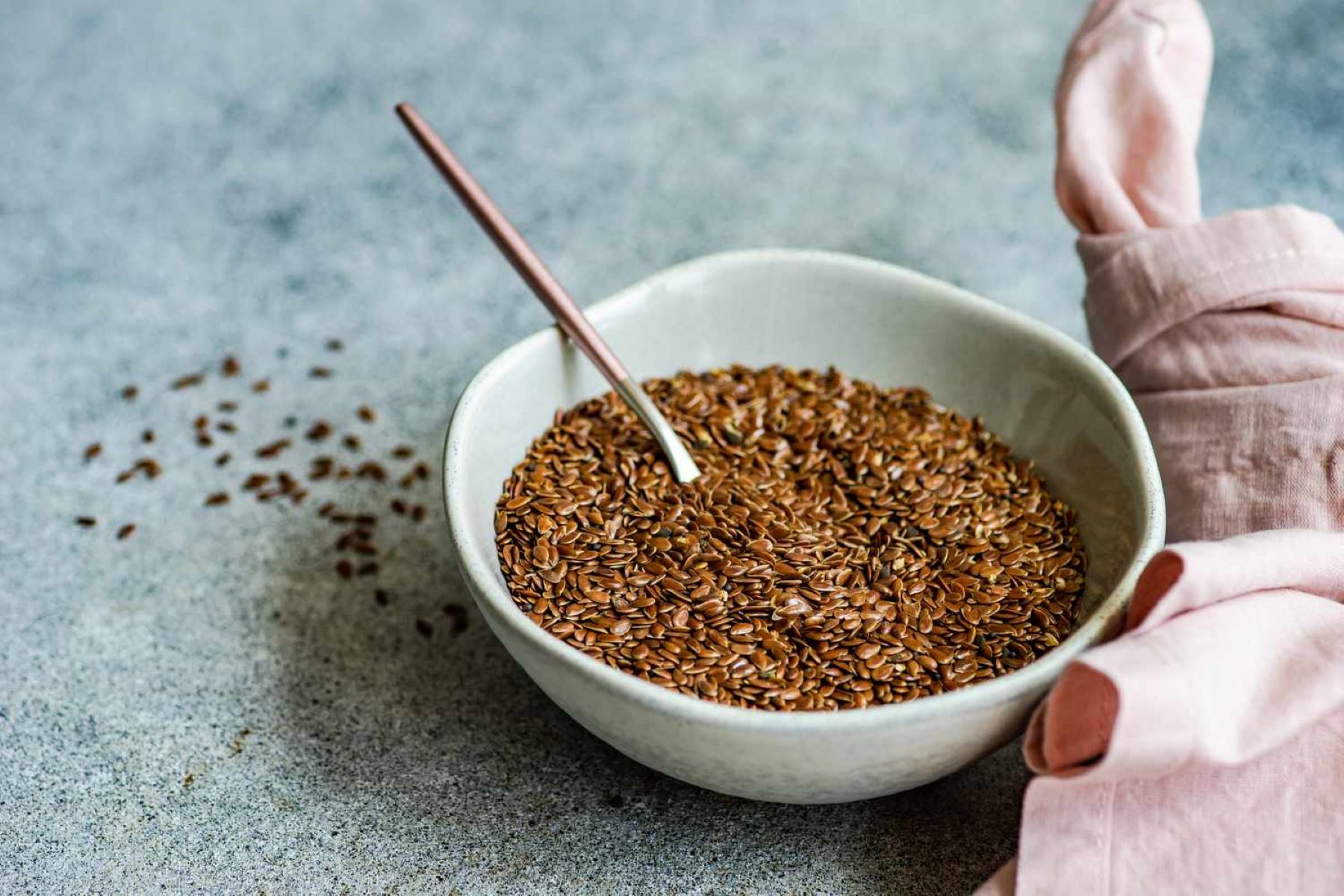
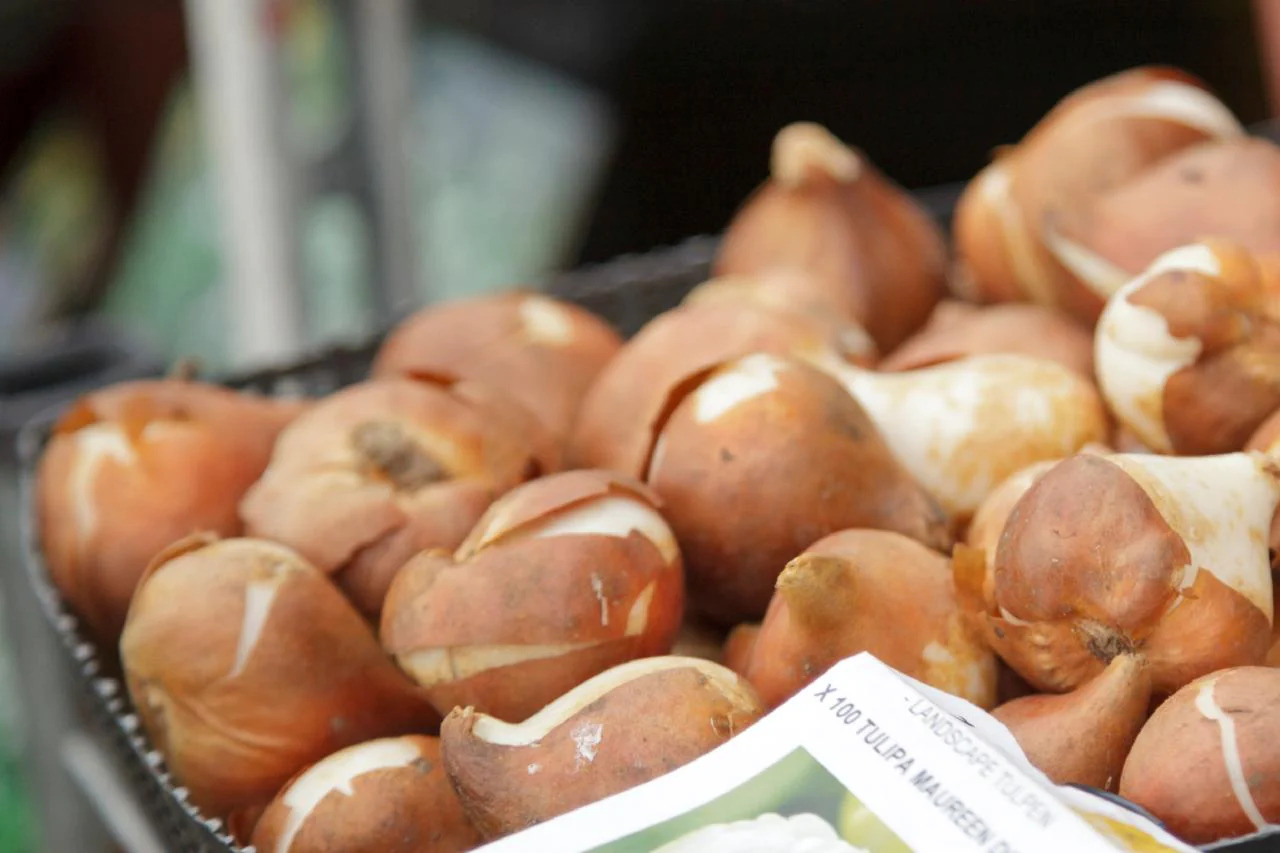
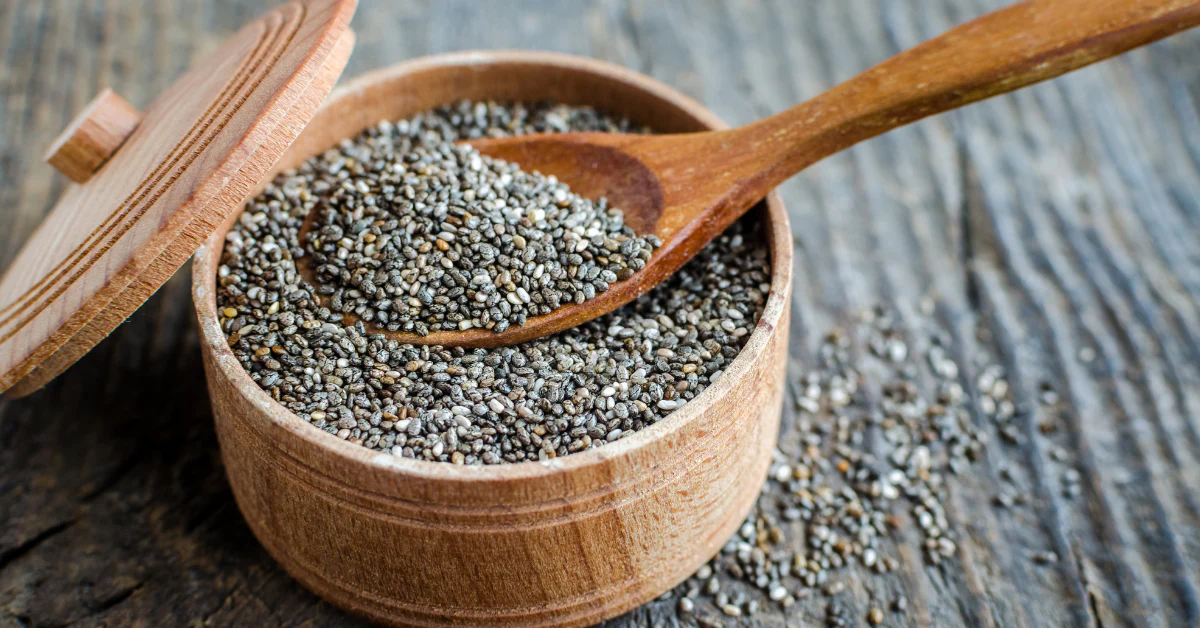
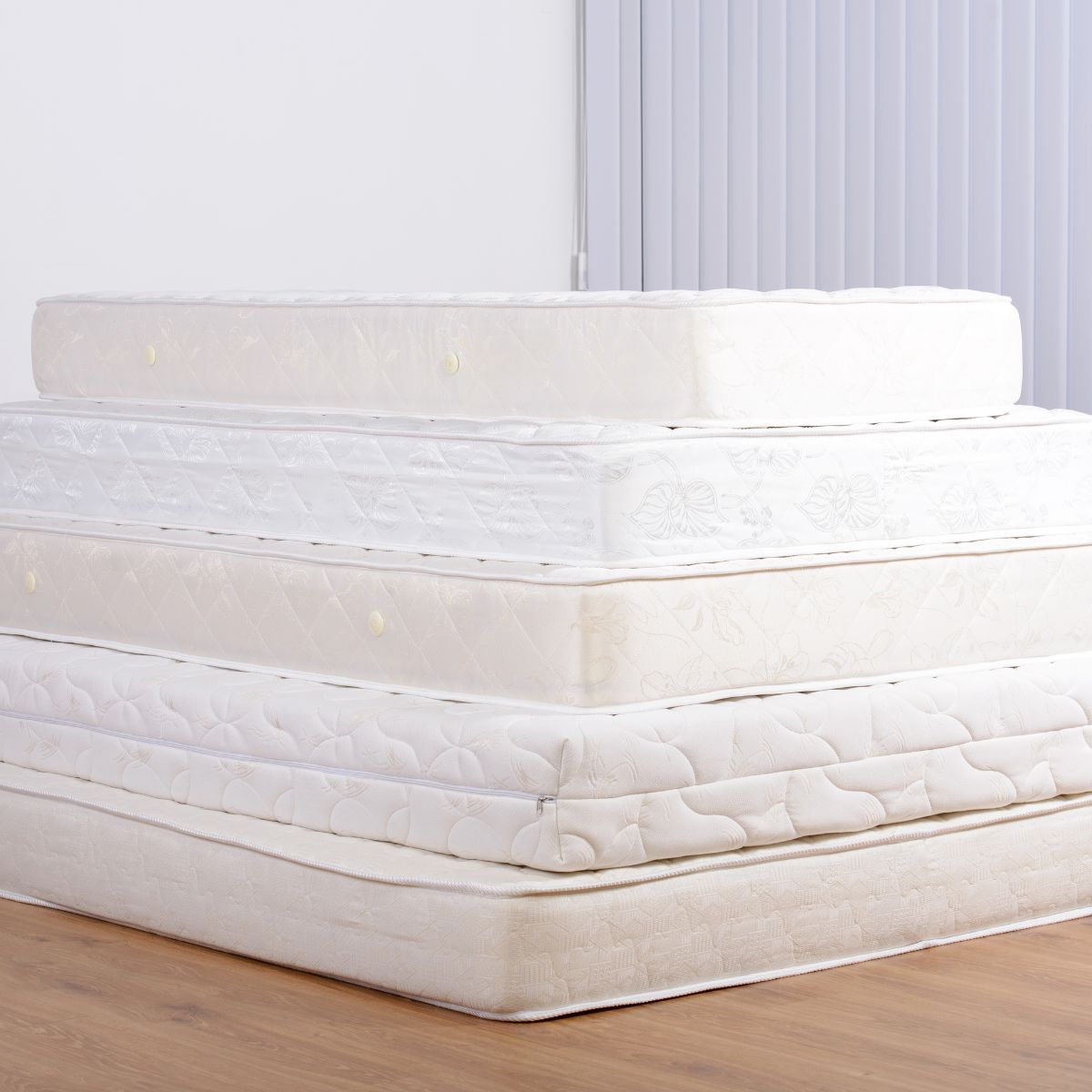

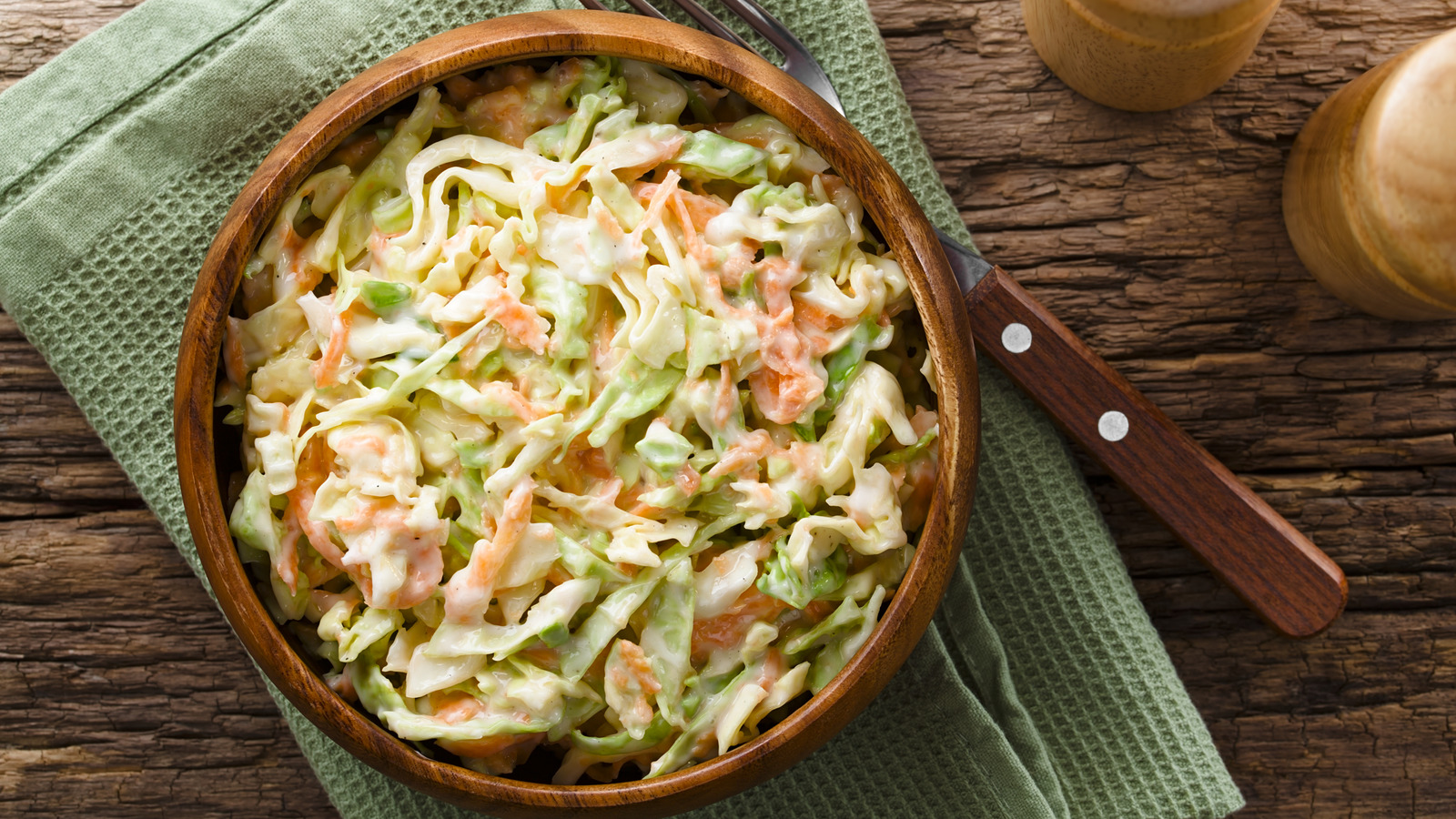


0 thoughts on “How Long Can You Keep Walnuts In The Freezer”